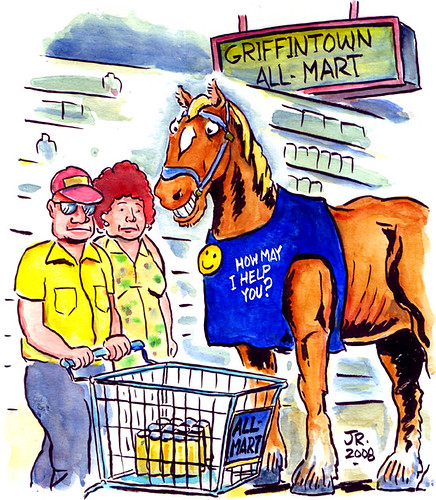There are now five trashcans in the little woods I usually walk through at the edge of my district and the beginning of the next, Côte-des-neiges. Once upon a time there was an orphanage on the land, but part was sold off about 20 years ago and luxury condos built. A sizeable portion was preserved as an undeveloped park, which now serves as a dog run and pleasant short cut for hundreds of people every day.
Tuesday morning I met a small covey of city workers, armed with spike tools to pick up trash, plastic garbage bags and the task of deciding where to put trash cans. I stopped to talk to them because they were seemingly very surprised to see that the woods had so little trash. Probably, I said, that was because for most of the winter through access was cut off due to a construction project on the water system. Before the work started last fall, it was easy to walk through the woods from several residential neighborhoods to the Université de Montréal and two big hospital complexes. The aqueduct work entailed digging a huge trench, though, and when the site was closed down when temperatures fell below freezing, it was fenced off so far fewer people used the path.
"There was so much snow too," one of the city crew said also, as if that helped explain things.
"Well, no," I said. One of the interesting things about Montreal as a walkable city is that snow doesn't stop people walking. In normal years there are paths tramped in the snow within two hours after a storm, and even this year people quickly tramped alternate paths around the edge of the woods.
The foreman listened to me politely and then explained they were trying to find the best places for the trash cans--where people walked, but not too far from a road so the clean-up worker wouldn't have to carry trash sacks too far to his truck. Avoiding walking seemed to be high on their agenda.
The clash of culture between walkers and non-walkers is something very real. Jane Jacobs said in the introduction to a later edition of
The Death and Life of Great American Cities that the reaction to her book varied greatly between people who walked and those who didn't. Walkers agreed with her analysis because they saw what happens when streets are lively and lived in, while non-walkers didn't understand at first what she was talking about.
As for this week's city crew: it looks like they found a solution. Certainly the woods looked pristine this morning, as people hurried to work and school and I strolled along.

























